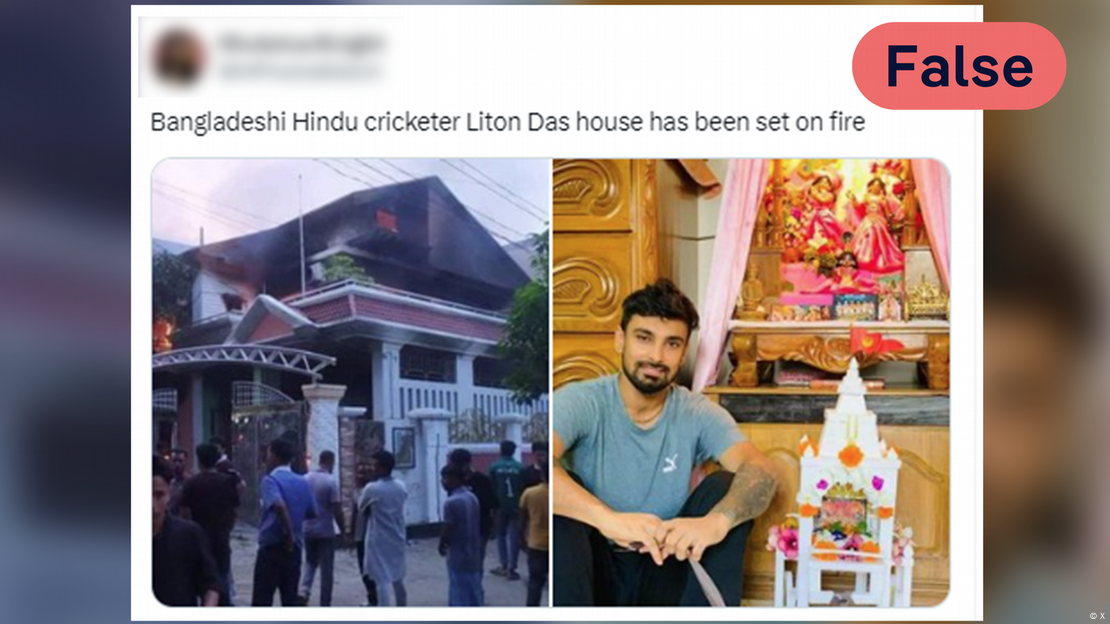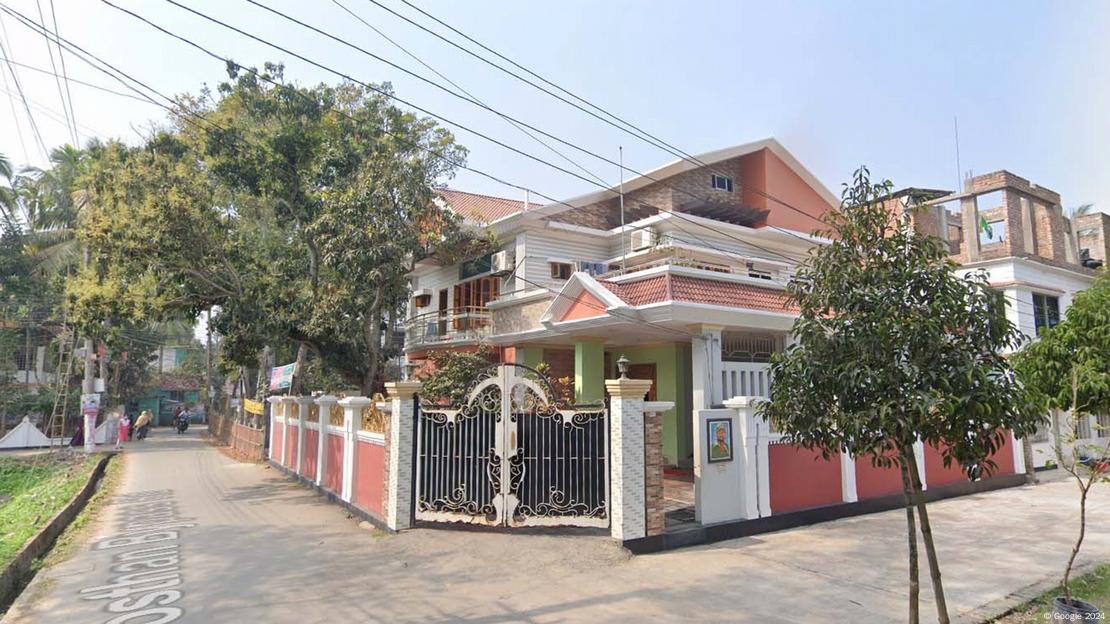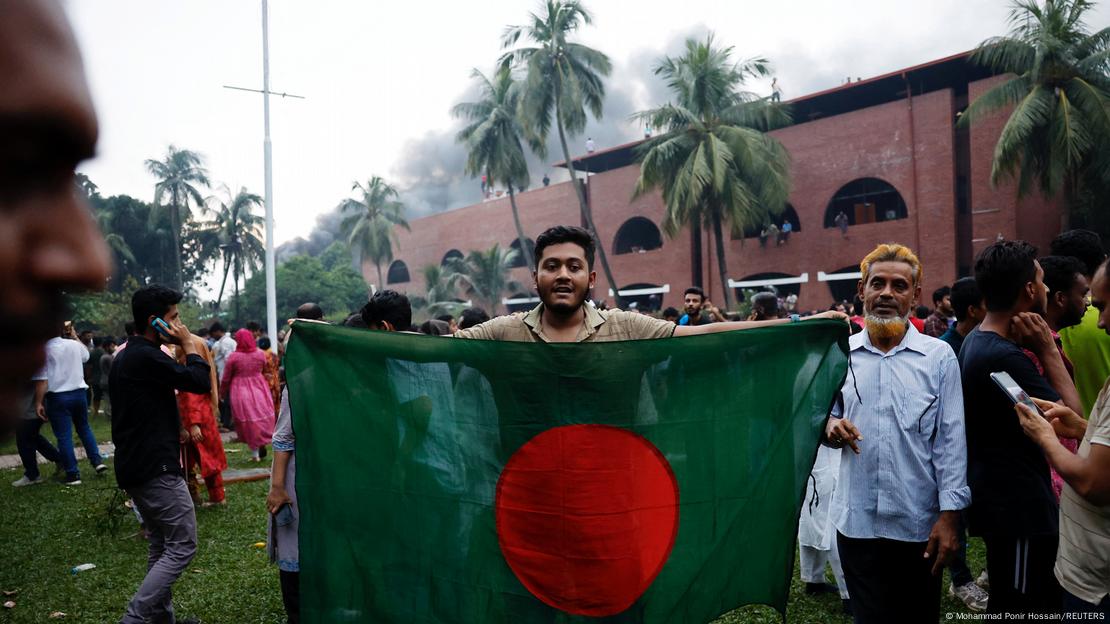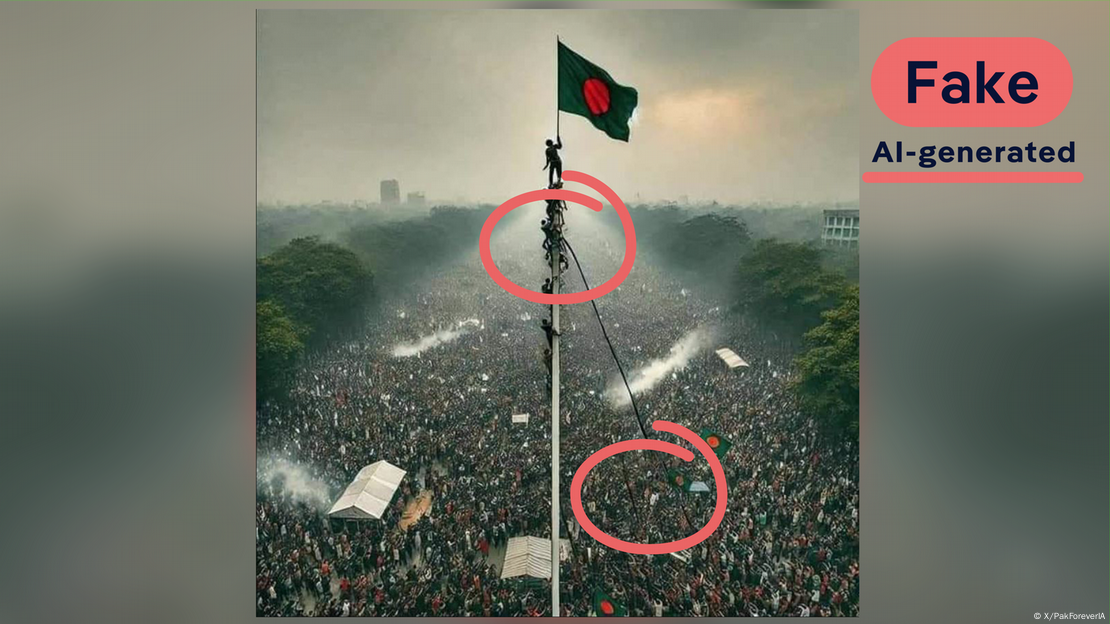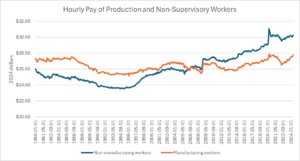Dhaka (AFP) – Nobel-winning microfinance pioneer Muhammad Yunus will helm Bangladesh's interim government after the ouster of premier Sheikh Hasina, who had hounded him in speeches and through the courts.
Issued on: 08/08/2024 -

The 84-year-old, known as the "banker to the poorest of the poor", was awarded the Nobel Peace Prize in 2006 for his work loaning small cash sums to rural women, allowing them to invest in farm tools or business equipment and boost their earnings.
Grameen Bank, the microfinance lender he founded, was lauded for helping unleash breakneck economic growth in Bangladesh and its work has since been copied by scores of developing countries.
"Human beings are not born to suffer the misery of hunger and poverty," Yunus said during his Nobel lecture, daring his audience to imagine a world where deprivation was confined to history museums.
But his public profile in Bangladesh earned him the hostility of Hasina, who once accused him of "sucking blood" from the poor.
Hasina's 15-year tenure was characterised by a growing intolerance of dissent before her hurried resignation and departure from Bangladesh on Monday and Yunus's popularity had marked him as a potential rival.
Yunus announced plans in 2007 to set up his own "Citizen Power" party to end Bangladesh's confrontational political culture, which has been punctuated by instability and periods of military rule.
He abandoned those ambitions within months but the enmity aroused by his challenge to the ruling elite has persisted.
Yunus was hit with more than 100 criminal cases and a smear campaign by a state-led Islamic agency that accused him of promoting homosexuality.

The government unceremoniously forced him out of Grameen Bank in 2011 -- a decision fought by Yunus but upheld by Bangladesh's top court.
He and three colleagues from one of the companies he founded were sentenced in January to jail terms of six months by a Dhaka labour court that found they had illegally failed to create a workers' welfare fund. However, they were immediately released on bail pending appeal.
All four had denied the charges and, with courts accused of rubber-stamping decisions by Hasina's government, the case was criticised as politically motivated by watchdogs including Amnesty International.
A Dhaka court acquitted him on appeal on Wednesday.
'Poverty was all around me'
Student leaders, whose protest campaign culminated in Hasina's ouster, met the military and President Mohammed Shahabuddin late on Tuesday and the decision was made to "form an interim government with... Yunus as its chief", Shahabuddin's office announced.
"Be calm and get ready to build the country," Yunus said before beginning his journey back to Bangladesh on Thursday, calling for "free elections" within months.
"If we take the path of violence everything will be destroyed," he said.
Yunus was born into a well-to-do family -- his father was a successful goldsmith -- in the coastal city of Chittagong in 1940.
He credits his mother, who offered help to anyone in need who knocked on their door, as his biggest influence.
Yunus won a Fulbright scholarship to study in the United States and returned soon after Bangladesh won its independence from Pakistan in a brutal 1971 war.
He was chosen to head Chittagong University's economics department when he returned but the young country was struggling through a severe famine and he felt compelled to take practical action.
"Poverty was all around me, and I could not turn away from it," he said in 2006.
"I found it difficult to teach elegant theories of economics in the university classroom... I wanted to do something immediate to help people around me."
He founded Grameen Bank in 1983 after years of experimenting with ways to provide credit for people too poor to qualify for traditional bank loans.
The institution now has more than nine million clients on its books, according to its most recent annual report in 2020, and more than 97 percent of its borrowers are women.
Yunus has won numerous high honours for his life's work, including a US Presidential Medal of Freedom awarded by Barack Obama.
He is expected to be sworn in to office as chief adviser, leading the interim government, on Thursday.
© 2024 AFP
How Bangladesh student protests brought in a new leader
By AFP
August 8, 2024

A garment store burns in the Bangladeshi capital Dhaka on August 4, after weeks of deadly anti-governmnet protests - Copyright AFP Abu SUFIAN JEWEL
A student-led uprising in Bangladesh against government hiring rules culminated this week in the prime minister fleeing, with Nobel peace prize winner Muhammad Yunus set to lead a caretaker government.
At least 450 people were killed in more than a month of deadly protests that ended the autocratic rule of 76-year-old prime minister Sheikh Hasina.
Here are five key dates explaining how the protests toppled the government in the South Asian nation of about 170 million people.
– July 1: Blockades begin –
University students build barricades blocking roads and railway lines to demand reforms to a quota system for sought-after public sector jobs.
They say the scheme is used to stack the civil service with loyalists of Hasina’s ruling Awami League.
Hasina, who won a fifth term as prime minister in January after a vote without genuine opposition, says the students are “wasting their time”.
– July 16: Violence intensifies –
Six people are killed in clashes, the first recorded deaths in the protests, a day after bitter violence when protesters and pro-government supporters fought in Dhaka with sticks and hurled bricks at each other.
Hasina’s government orders the nationwide closure of schools and universities.
– July 18: Hasina rebuffed –
Students reject an olive branch from Hasina, a day after she appeals for calm and vows that every “murder” in the protests would be punished.
Protesters chant “down with the dictator” and torch the headquarters of state broadcaster Bangladesh Television and dozens of other government buildings.
Clashes escalate despite a round-the-clock curfew, the deployment of soldiers and an internet blackout.
Days later, the Supreme Court rules the decision to reintroduce job quotas was illegal.
But its verdict falls short of protesters’ demands to entirely abolish reserved jobs for children of “freedom fighters” from Bangladesh’s 1971 independence war against Pakistan.
– August 5: Hasina toppled –
Hasina flees Dhaka by helicopter as thousands of protesters storm her palace, with millions on the streets celebrating, some dancing on the roof of armoured cars and tanks.
Bangladesh army chief General Waker-Uz-Zaman announces in a broadcast on state television that Hasina had resigned and the military would form an interim government.
– August 8: Yunus to lead –
Nobel peace prize winner Yunus, 84, flies to Dhaka to lead a caretaker government.
He is expected to be sworn in later in the day, to begin what the army chief has vowed will be a “beautiful democratic process”.
ByAFP
August 6, 2024

Bangladesh's ousted prime minster Sheikh Hasina fled the country by helicopter on Monday, ending 15 years of autocratic rule - Copyright AFP Munir UZ ZAMAN
Families of political prisoners secretly jailed in Bangladesh under the autocratic rule of ousted premier Sheikh Hasina waited desperately Tuesday for news of their relatives, as some of those missing were released.
“We need answers,” said Sanjida Islam Tulee, a coordinator of Mayer Daak, meaning “The Call of the Mothers”, a group campaigning for the release of people detained by Hasina’s security forces.
Rights groups accused Hasina’s security forces of abducting and disappearing some 600 people — including many from the main opposition Bangladesh Nationalist Party and the banned Jamaat-e-Islami, the country’s largest Islamist party.
Tulee told AFP that at least 20 families gathered outside a military intelligence force building in a northern Dhaka neighbourhood, waiting for news of their relatives.
Army chief General Waker-Uz-Zaman announced Monday that Hasina had resigned after weeks of deadly protests, and the military would form a caretaker government.
Hours later President Mohammed Shahabuddin — after a meeting with the army chief — said it had been decided to free all those arrested during the student protests, as well as key opposition leader Khaleda Zia.
Ex-prime minister Zia, 78, chairperson of the Bangladesh Nationalist Party (BNP) is in poor health and was largely under house arrest after being sentenced to 17 years in prison for graft in 2018.
– ‘What happened to others?’ –
Among the most high profile of those released on Tuesday was opposition activist and lawyer Ahmad Bin Quasem, son of Mir Quasem Ali, the executed leader of Jamaat-e-Islami.
“He was released from secret detention this morning,” family friend and relative Masum Khalili told AFP. “He had a medical check-up, his condition is stable.”
Quasem, a British-educated barrister, was abducted — allegedly by security forces in plainclothes — in August 2016.
Security forces during Hasina’s rule were accused of detaining tens of thousands of opposition activists, killing hundreds in extrajudicial encounters, and disappearing their leaders and supporters.
Human Rights Watch last year said security forces had committed “over 600 enforced disappearances” since Hasina came to power in 2009, and nearly 100 remain unaccounted for.
Hasina’s government denied the allegations of disappearances and extrajudicial killings, saying some of those reported missing drowned in the Mediterranean while trying to reach Europe.
“We heard Ahmad Bin Quasem has been released,” Tulee said, “but what happened to others?”


